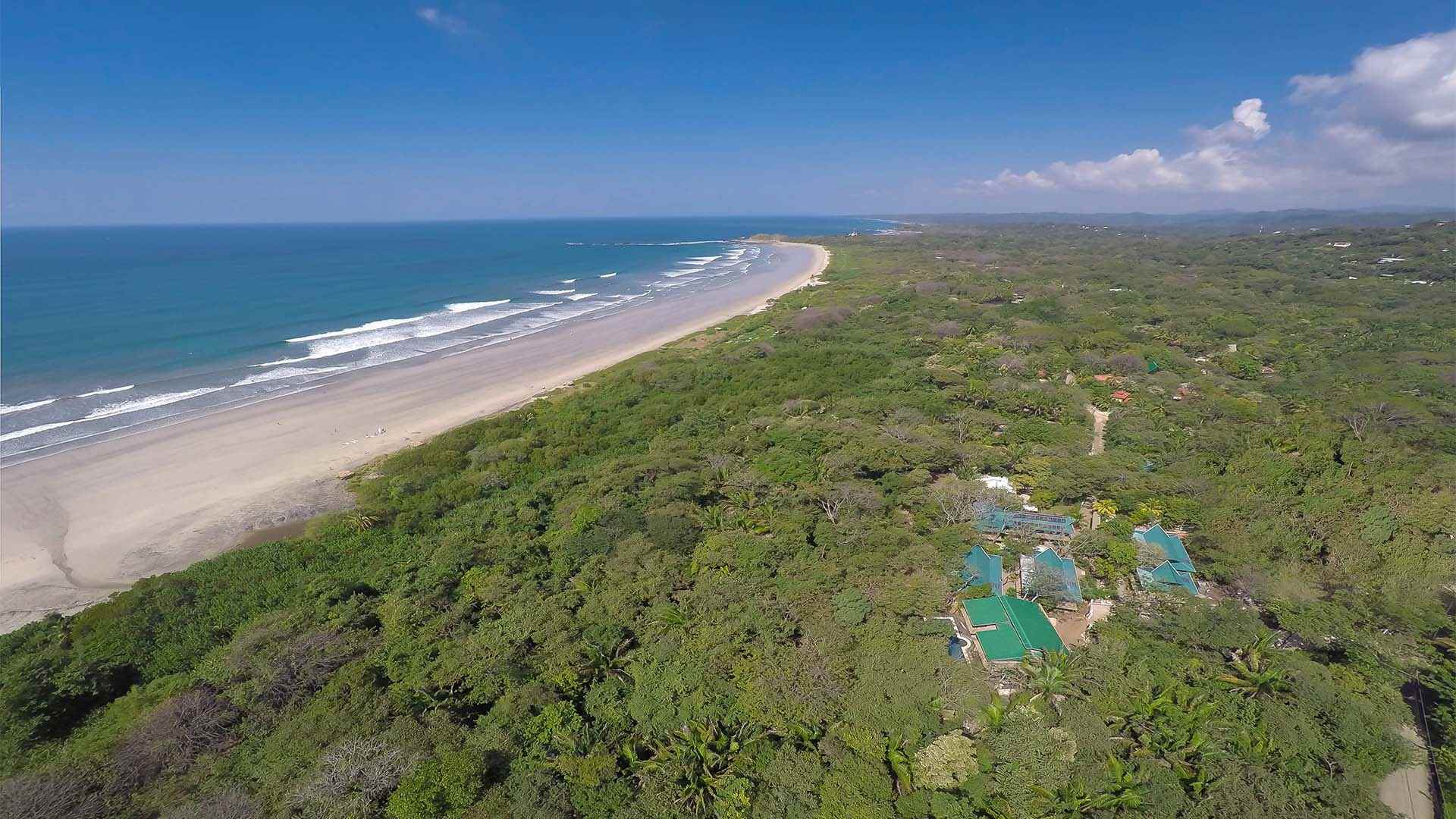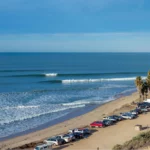While many serious surfers choose to travel to Costa Rica during the swell season, there’s a strong argument to be made for taking a Costa Rica surf trip in the offseason. Thanks to Costa Rica’s tropical latitude, we’re blessed with warm weather and board-short-friendly water temperatures all year. Despite our tropical location, we still have seasons, just not the same seasons you’re accustomed to in the United States. Instead of summer, winter, spring, and fall, we have a rainy season and a dry season. Just like the visible change in greenery during our two distinct seasons, the surf during each season differs vastly thanks to the Papagayo winds. Continue reading below for What are the Papagayo Winds and Why Should You Book a Costa Rica Surf Trip This Winter?
What is Costa Rica’s Surf Season?
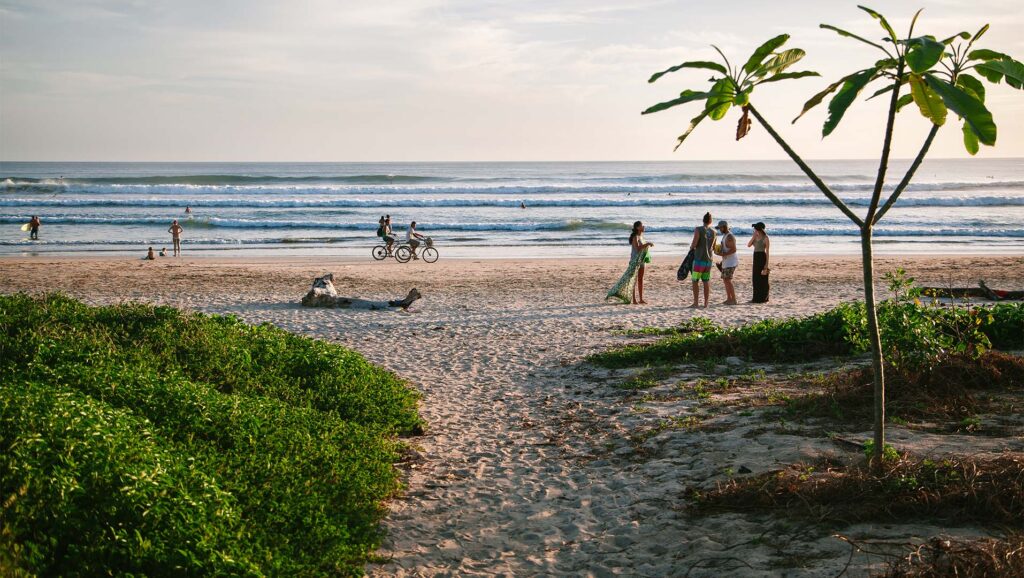
Costa Rica has a distinct swell season that falls in line with the rainy season, which lasts from May to September. During this window, large winter storms form off the coast of Antarctica and travel north to the Americas. These large south swells travel for thousands of miles before hitting Central America. During that time, they organize into long interval swells, so when they collide with the various points, sand bars, and reefs in Central America, they produce world-class waves. Large swells are typical for most of the rainy season. If you’re on a Costa Rica surf trip during swell season, you’ll find the best surf in the mornings and late afternoons when the winds are light. During the dry season, smaller south swells produce user-friendly waves and the occasional large north swell can bring fun surf. If you’re visiting during the dry season, you’ll likely be able to surf all day since the winds blow predominately offshore.
When do the Papagayo Winds and When do They Blow?
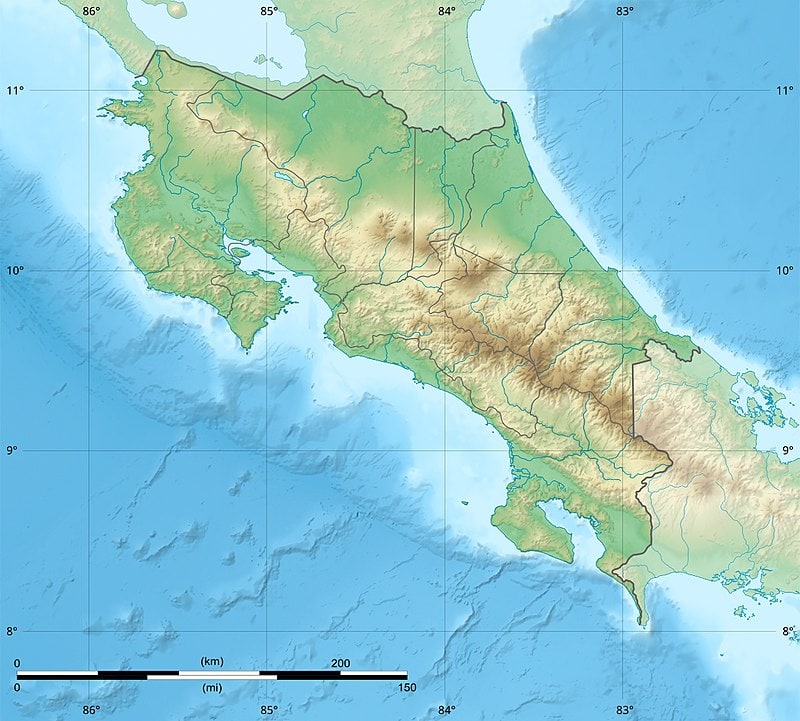
The Papagayo Wind or Papagayo Jet is a weather phenomenon that affects Costa Rica and the surrounding areas during the dry season. This localized weather phenomenon occurs in the Gulf of Papagayo, located in Northwest Costa Rica in northern Guanacaste, but affects areas north and south along the coast. The strong offshore winds that blow in this region during the dry season are a result of a high-pressure system that forms in the Caribbean and forces air through the mountains in Central America, where it picks up speed in valleys and canyons before hitting the Pacific Coast. The Papagayo Winds are most prominent from December to April, lining up almost exactly with the dry season. The Papagayo winds blow straight offshore and groom waves, creating epic and often hollow conditions. These offshore winds typically last all day, allowing surfers the freedom to surf all day without worrying about the winds changing.
Why Take a Cota Rica Surf Trip During the Off-Season
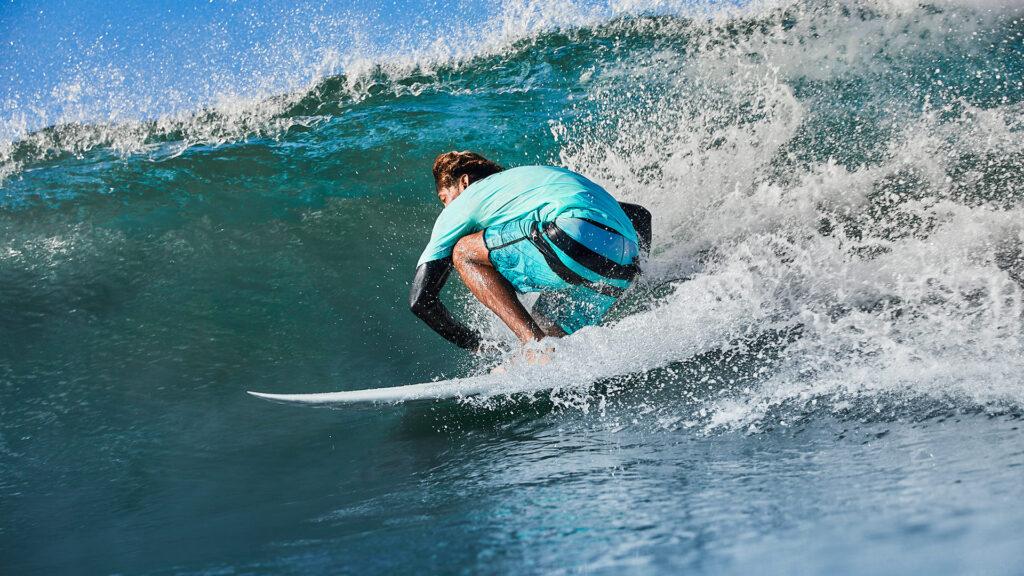
Rainy or dry season, Costa Rica is a tropical paradise with year-round swell. If you do find yourself traveling in the dry season, you’ll enjoy days of cloudless blue skies with all-day offshore winds and fun-sized waves. The dry season is often preferred by beginner and intermediate surfers who favor small to medium-sized waves.
If you’re a new or intermediate surfer who wants to make the most out of the fun, clean surf in the dry season, head to our website and book your next Costa Rica surf trip.


